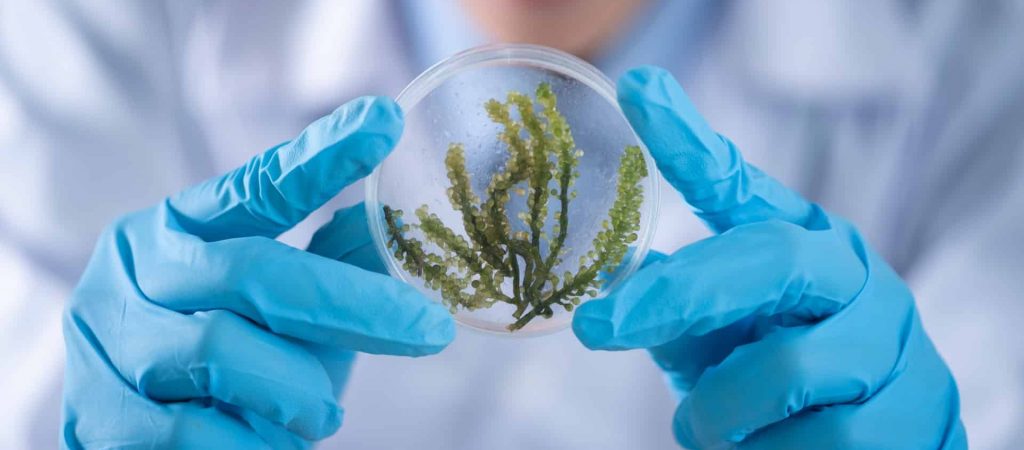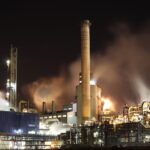
No harmful by-products
When comparing disinfectants, environmental impact is a critical consideration. Chlorine Dioxide (ClO₂) offers significant advantages over traditional chlorine and other oxidising biocides, making it one of the safest and most sustainable options for modern water treatment.
Fewer and Safer By‑Products
Unlike chlorine, which produces a wide range of harmful chlorinated organics, Chlorine Dioxide forms mainly inorganic disinfection by‑products (DBPs).
-
Primary By‑Product: Chlorite (ClO₂⁻)
-
Chlorite is relatively stable but naturally reduces to harmless chloride (Cl⁻).
-
Under certain conditions—such as saltwater environments—this conversion can occur in as little as 5 minutes.
-
-
Minimal Risk of Chlorate Formation
-
Poorly designed or poorly tuned ClO₂ generation systems can produce chlorate (ClO₃⁻), which reduces disinfection efficiency.
-
At ChloroKlean, our systems are extensively tested and precisely calibrated to minimise chlorate production, ensuring both safety and effectiveness.
-
Advanced Residual Monitoring
The most closely monitored by‑product of ClO₂ disinfection is chlorite residuals.
-
ChloroKlean systems incorporate advanced monitoring technology to:
-
Measure downstream residuals in real time.
-
Automatically adjust dosing to remain within strict environmental compliance limits.
-
-
In special cases, downstream reactions can be used to remove any excess chlorite residual before water discharge.
This intelligent dosing and monitoring ensure that environmental thresholds are never exceeded.
Comparing Safety with Other Biocides
ClO₂ stands apart from ozone, chlorine, and other oxidisers because of its selective chemistry.
-
No Bromate Formation
-
Ozone reacts with bromide (Br⁻) ions to form bromate (BrO₃⁻), a carcinogenic by‑product.
-
Chlorine Dioxide does not oxidise bromide into bromate, avoiding this risk entirely.
-
-
No Excessive Aldehydes or Ketones
-
Ozonation of organic material often produces aldehydes, ketones, and other harmful DBPs.
-
ClO₂, by contrast, does not create significant levels of these compounds, preserving water quality.
-
-
Lower Oxidation Potential = Safer By‑Products
-
Biocides with a very high oxidation potential (like ozone) often create complex, hard‑to‑control by‑products.
-
ClO₂’s moderate, selective oxidation ensures powerful disinfection while avoiding environmentally persistent or carcinogenic compounds.
-
Managed and Sustainable Disinfection
With the right technology and expertise, the by‑products of Chlorine Dioxide are easily managed and present nowhere near the challenges posed by other high‑strength oxidisers.
Key Advantages of ClO₂ for Environmental Safety:
-
Produces mainly harmless chloride as a final breakdown product.
-
Does not form bromates, unlike ozone.
-
Minimises aldehyde and ketone production compared to ozonation.
-
Advanced systems actively monitor and control residuals for regulatory compliance.
-
Supported by decades of operational success across industries.
The Bottom Line
Chlorine Dioxide offers a rare combination:
-
Powerful disinfection
-
Minimal environmental footprint
-
Reliable compliance with safety standards
By choosing ChloroKlean Chlorine Dioxide systems, businesses not only protect their water systems but also safeguard the environment and public health.
ChloroKlean is the first choice for businesses considering Chlorine Dioxide. We specialise in delivering Chlorine Dioxide (ClO2) dosing systems using the latest technology and expertise.

At ChloroKlean we are always keen to be of assistance to our clients from all over the world while offering remarkable products with a time-tested customer service. Tell us what your requirements are and we will gladly help you proceed.








